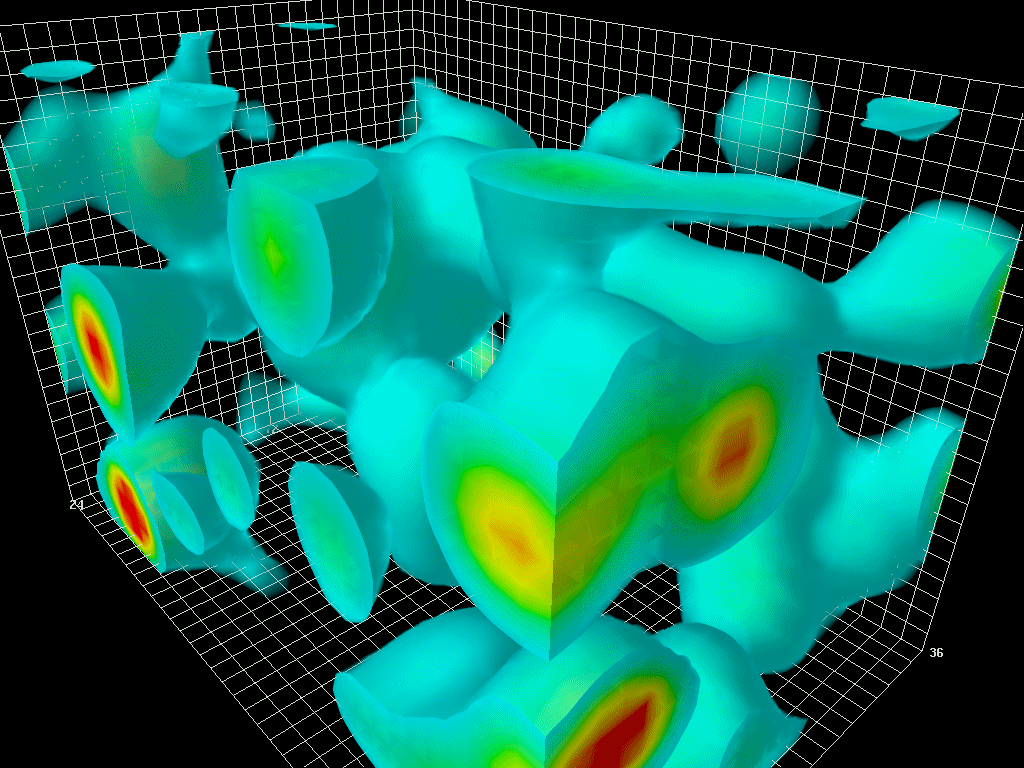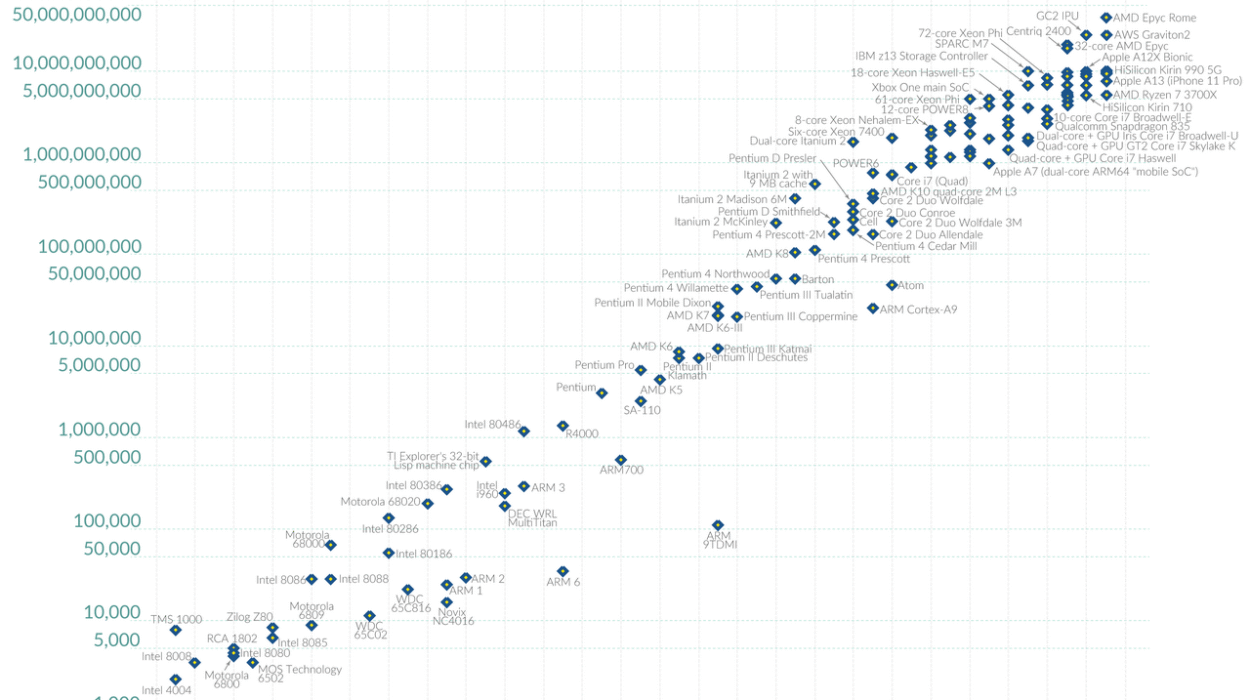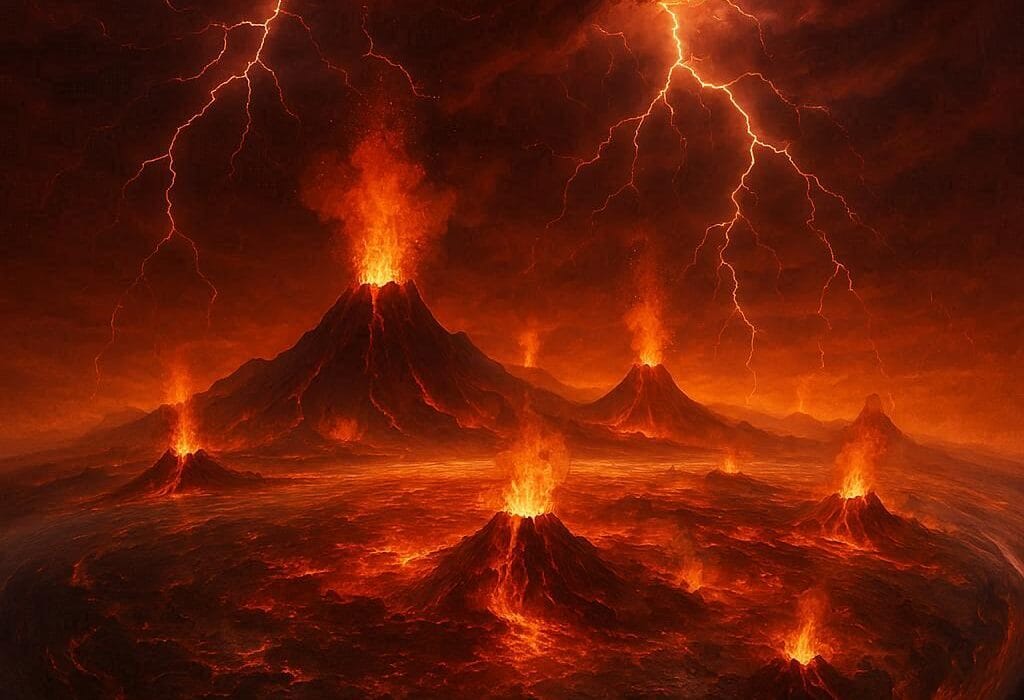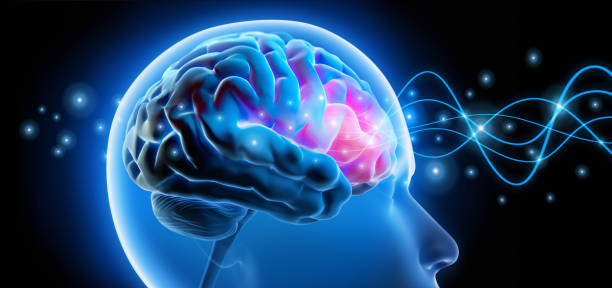Imagine stripping the universe bare. Remove the stars, the planets, the air, even the last traces of heat. Picture a region of perfect emptiness, a vacuum devoid of matter or light, a silence deeper than anything imaginable. You might expect this void to be truly nothing. Yet modern physics reveals that even in such emptiness, nature refuses to be still. The vacuum hums with invisible motion, with fleeting particles popping into existence and vanishing again, with a restless sea of energy that cannot be extinguished. This is zero point energy—the irreducible energy that remains even at absolute zero, the ground floor of existence, the ghostly breath of the cosmos itself.
Zero point energy challenges our deepest intuitions. How can nothingness possess energy? How can emptiness vibrate with activity? The answers lie at the intersection of quantum mechanics and relativity, where reality becomes stranger than imagination. To understand vacuum fluctuations, we must follow a path that stretches from the birth of quantum theory to the edge of cosmology, where the fabric of spacetime itself trembles with hidden power.
The Birth of the Quantum
At the dawn of the 20th century, physics was in crisis. Classical mechanics, the proud achievement of Newton, Maxwell, and their successors, seemed to describe the universe with exquisite precision. Yet experiments probing light and matter at very small scales produced paradoxes that defied classical reasoning.
One of the great puzzles concerned blackbody radiation. When scientists calculated how much energy an ideal cavity should emit, classical physics predicted infinite energy at short wavelengths, a disaster known as the “ultraviolet catastrophe.” In 1900, Max Planck proposed a desperate solution: energy is not continuous but comes in discrete quanta, proportional to frequency. He did not fully believe this radical idea, but it worked.
Five years later, Albert Einstein extended Planck’s insight by explaining the photoelectric effect. Light, he argued, behaves as packets of energy—photons—capable of knocking electrons from metal surfaces. Quantum theory was born. And with it came an entirely new way of thinking about the microscopic world, one that would eventually expose the restless nature of the vacuum itself.
The Uncertainty Principle and the Restless Void
Quantum mechanics introduced uncertainty into the heart of reality. In the 1920s, Werner Heisenberg formulated the principle that certain pairs of physical quantities—like position and momentum—cannot both be known with unlimited precision. The more accurately one is measured, the less certain the other becomes.
This uncertainty applies not only to particles but to fields themselves. A quantum field cannot sit completely motionless, because perfect stillness would imply both exact position and exact momentum, violating the uncertainty principle. Just as a violin string cannot remain perfectly still but vibrates subtly even when no note is played, the fields that permeate space undergo constant fluctuations.
Even in the lowest possible energy state—the ground state—there remains a residual jitter, the zero point energy. It is as if the universe cannot resist trembling, even when frozen to absolute zero. Vacuum, in the quantum sense, is not emptiness but a stage alive with fleeting activity, a dynamic foam of possibility.
Virtual Particles and Vacuum Fluctuations
Out of this quantum vacuum emerge strange entities known as virtual particles. They are not particles in the classical sense, not stable entities traveling through space. Instead, they are temporary disturbances in quantum fields, allowed to exist briefly by the uncertainty principle before disappearing.
Imagine a photon in empty space. For a fleeting instant, it may “borrow” energy to split into an electron and a positron, which then annihilate, restoring balance. Such events are not directly observable, but their effects are real. Virtual particles influence the behavior of real particles, alter energy levels, and even exert measurable forces.
This restless activity is what we call vacuum fluctuations. The vacuum is like a seething cauldron, bubbling with short-lived particles that appear and vanish too quickly to be seen directly, yet shaping the structure of reality itself.
The Casimir Effect: Proof of Invisible Forces
For decades, zero point energy seemed like an abstraction, a mathematical necessity without direct physical evidence. But in 1948, Dutch physicist Hendrik Casimir predicted an effect that would bring vacuum fluctuations into the laboratory.
Casimir considered two parallel metal plates placed very close together in a vacuum. According to quantum theory, vacuum fluctuations produce electromagnetic waves of all possible wavelengths. But between the plates, only certain wavelengths fit. This restriction means there are fewer fluctuations inside than outside, creating an imbalance. The result is a tiny but measurable force pushing the plates together, as though the vacuum itself were squeezing them.
The Casimir effect has since been confirmed by experiments with remarkable precision. It is a tangible demonstration that the vacuum is not empty but brimming with energy. What seems like “nothing” can exert pressure strong enough to move matter. The invisible whispers of vacuum fluctuations have become measurable reality.
Zero Point Energy and the Universe
If the vacuum contains energy, the implications extend far beyond laboratory experiments. In cosmology, the energy of the vacuum may play a fundamental role in shaping the universe itself.
Einstein once introduced a “cosmological constant” into his equations of general relativity to allow for a static universe. When the expansion of the universe was discovered, he abandoned it, calling it his greatest blunder. Yet decades later, the cosmological constant returned, now understood as the energy density of empty space—the zero point energy of the vacuum.
Observations of distant supernovae in the 1990s revealed that the universe’s expansion is accelerating. Something, some mysterious form of energy, is driving space itself to expand faster and faster. We call it dark energy, and it may well be the manifestation of vacuum energy on a cosmic scale. The very emptiness between galaxies pushes them apart, sculpting the fate of the cosmos.
The Quantum Vacuum and Modern Physics
In quantum field theory, every type of particle has a corresponding field spread across space. These fields are never perfectly calm but oscillate with zero point fluctuations. The vacuum, then, is the ground state of all these fields simultaneously.
Calculations suggest that the energy density of the vacuum should be enormous, vastly larger than what is observed in cosmology. This discrepancy—known as the cosmological constant problem—is one of the deepest mysteries in physics. Why does theory predict a vacuum energy that is 120 orders of magnitude greater than what we measure in the universe’s expansion? Is there a hidden mechanism canceling most of it? Or is our understanding of quantum fields incomplete?
The quantum vacuum also connects to particle physics in other ways. Vacuum fluctuations contribute to observable effects like the Lamb shift, a tiny shift in the energy levels of hydrogen atoms that was experimentally confirmed in 1947. They influence the magnetic moment of the electron and the interactions of quarks and gluons inside protons and neutrons. The vacuum is not a backdrop but an active participant in every process of nature.
The Temptation of Free Energy
Because zero point energy implies a vast reservoir of hidden energy in space, it has often captured the imagination of inventors, dreamers, and conspiracy theorists. Could we tap into this infinite sea and solve humanity’s energy needs forever?
Mainstream physics is cautious. While zero point energy is real, it cannot be extracted in the way popular imagination suggests. The vacuum state is the lowest possible energy configuration; to draw energy from it would require pushing the vacuum into an even lower state, which does not exist.
Nevertheless, the idea of vacuum energy as a practical source has persisted in speculative circles. Some fringe theories claim that advanced civilizations or secret technologies might harness it. But so far, no credible evidence supports such possibilities. For now, zero point energy remains a profound scientific concept, not a technological resource.
The Vacuum as a Stage for Creation
The philosophical implications of zero point energy are profound. If even the emptiest vacuum is alive with fluctuations, then “nothingness” does not exist. The universe cannot be stripped down to absolute emptiness; there is always residual energy, always the possibility of new creation.
In some cosmological models, the entire universe itself may have arisen from a quantum fluctuation of the vacuum. From a froth of uncertainty, spacetime could have inflated, giving birth to galaxies, stars, and life. The vacuum, then, is not absence but potential, the womb of existence.
This perspective reshapes our understanding of reality. What we perceive as solid matter, as cosmic structure, may emerge from the restless activity of fields in an ocean of zero point energy. The universe is not built on nothing but on a dynamic ground that forever vibrates with hidden motion.
Einstein’s Shadow and the Quantum Divide
Zero point energy lies at the heart of the uneasy relationship between relativity and quantum mechanics. Einstein himself resisted the full implications of quantum theory. He acknowledged zero point energy in certain contexts but remained skeptical of its philosophical consequences. He famously remarked that “God does not play dice,” objecting to the indeterminacy at the foundation of quantum mechanics.
Yet the evidence accumulated relentlessly. Experiments confirmed vacuum fluctuations again and again. Einstein’s own general relativity, with its cosmological constant, became entangled with quantum vacuum energy in ways he could never have foreseen. The divide between relativity and quantum theory, however, remains unresolved. Zero point energy stands as both a bridge and a barrier, a clue that a deeper theory—perhaps quantum gravity—awaits discovery.
Living with the Restless Void
Today, physicists accept vacuum fluctuations as an essential part of reality. They appear in calculations, in experiments, in cosmology, in particle physics. They shape the world from the smallest atomic shifts to the largest cosmic expansion.
Yet zero point energy continues to humble us. It whispers that the universe is more mysterious than we can fully grasp, that even in silence there is song, even in emptiness there is motion. It challenges our intuition, beckons us toward deeper understanding, and reminds us that the fabric of existence is never still.
When we look into the night sky and imagine the void between stars, we might think of it as cold and empty. But physics tells another story. That darkness is alive with invisible flickers, with virtual particles flashing in and out, with fields vibrating in eternal dance. The vacuum is not absence but presence—an ocean of possibility beneath the surface of reality.
The Endless Question
As science advances, zero point energy remains both a solved riddle and an open mystery. We know it exists, we measure its effects, we build theories around it. And yet the greatest questions linger: Why does the vacuum energy have the value it does? How does it fit into a unified picture of physics? Could it one day reveal a path to new technologies, or even to understanding the origin of the universe itself?
The journey is far from over. Just as Planck’s desperate formula gave birth to a revolution, the enigma of vacuum energy may one day spark another. What lies beneath the ground floor of reality? What deeper patterns govern the restless void? These questions drive physicists to push beyond the known, to listen ever more closely to the whispers of nothingness.
The Poetry of the Vacuum
In the end, zero point energy is not only a scientific concept but a source of wonder. It reminds us that reality is layered, that beneath the visible lies the invisible, beneath the silence lies a song too faint for ears but not for equations.
To live in a universe where even emptiness vibrates is to live in a universe where possibility never dies. The vacuum is a paradox, a canvas painted with invisible strokes, a silence filled with motion, a void that is not void at all.
What vacuum fluctuations really are is not merely a matter of physics but a lesson in humility and imagination. They teach us that reality is richer than appearances, that the deepest truths may hide in the places we once thought were empty. They remind us that the universe is not just matter and energy but mystery, woven into every corner of existence.
Zero point energy is the hum of creation, the restless heartbeat of the cosmos, the reminder that even in nothing, everything begins.






